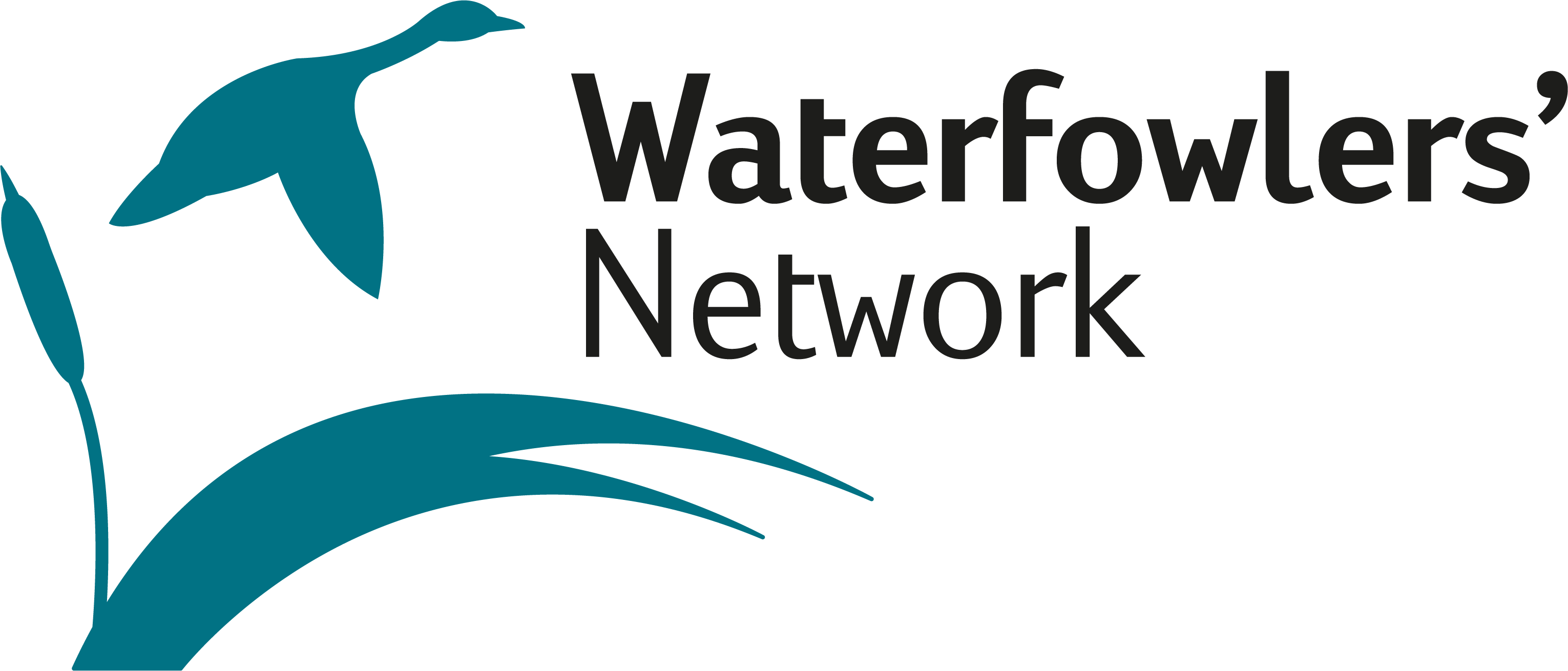International Wing Survey Workshop held in Denmark 17th May 2022
A new project has slowly been building up in the Waterfowlers’ Network, and a big step forward was taken in April 2022, when participants from the seven partner organisations met up in Denmark to kickstart a future collaboration on national wing surveys.
By Iben Hove Sørensen, Waterfowlers’ Network
Video by Søren Vendelbo, Danish Hunters’ Association
Preparations for the workshop started in 2020, when members of Waterfowlers’ Network first had the idea to compare wing survey results from the UK and Denmark. Already at first glance, patterns in seasonal distribution of the species analysed became obvious, and it was quickly decided to formalize a collaboration on establishing wing surveys in each of the seven partner countries.
As a first step towards a bigger project, it was decided to arrange a workshop in Denmark, where the Danish Wing Survey has been running for 40 years.
Expert guidance
The Danish Hunters’ Association hosted the workshop, and Thomas Kjær Christensen and Jacob Sterup from Aarhus University agreed to share their knowledge and hands-on experience during three days of combined theoretical and practical sessions.
A selection of wings from the 2021/22 hunting season had been kept for our practical sessions, and since more bird species are huntable in Denmark than in the other participating countries, some wings were familiar to all participants, while others were harder to identify to the right species, sex, and age.
Future perspectives
Ideally, the newly established collaboration on wing surveys will work in two ways. Firstly, the experience and practical know-how of researchers and hunting organisations in countries with existing wing surveys will be of enormous benefits to the countries looking to start up wing surveys of their own. Secondly, the results gathered across the range of countries now involved will be able to reveal large-scale geographical patterns and analyse changes and productivity at an international scale rather than nationally.
This will give us more data to ensure the sustainability of waterfowl hunting across the flyway, and - with examples from Denmark in mind – we might even help secure the future of waterfowling in our respective countries. Currently, only Denmark and the UK have active wing surveys covering the full range of huntable waterbirds but sharing information on just a few species will be a very interesting start to our future collaboration.
Examples of articles based on data from the Danish Wing Survey
Associations between duck harvest, hunting wing ratios and measures of reproductive output in Northern Europe
Seasonal variation in the sex and age composition of the woodcock bag in Denmark
Included in the workshop were separate sessions on ducks, geese, and gulls, and we also had several wings of species like Common Snipe, Woodcock, and Coot. Most time was spent on Greylag Goose, Teal, Mallard, Wigeon, and Woodcock, as these are the most relevant species across the countries represented by the seven partner organisations.
